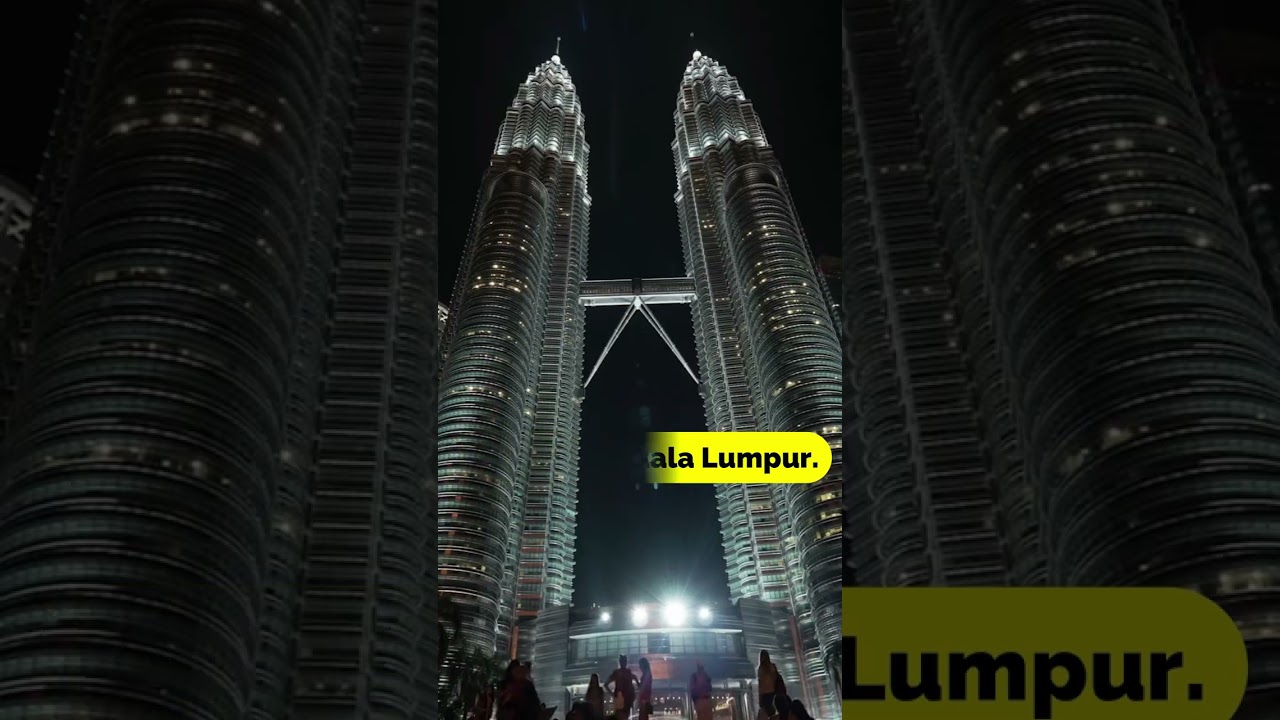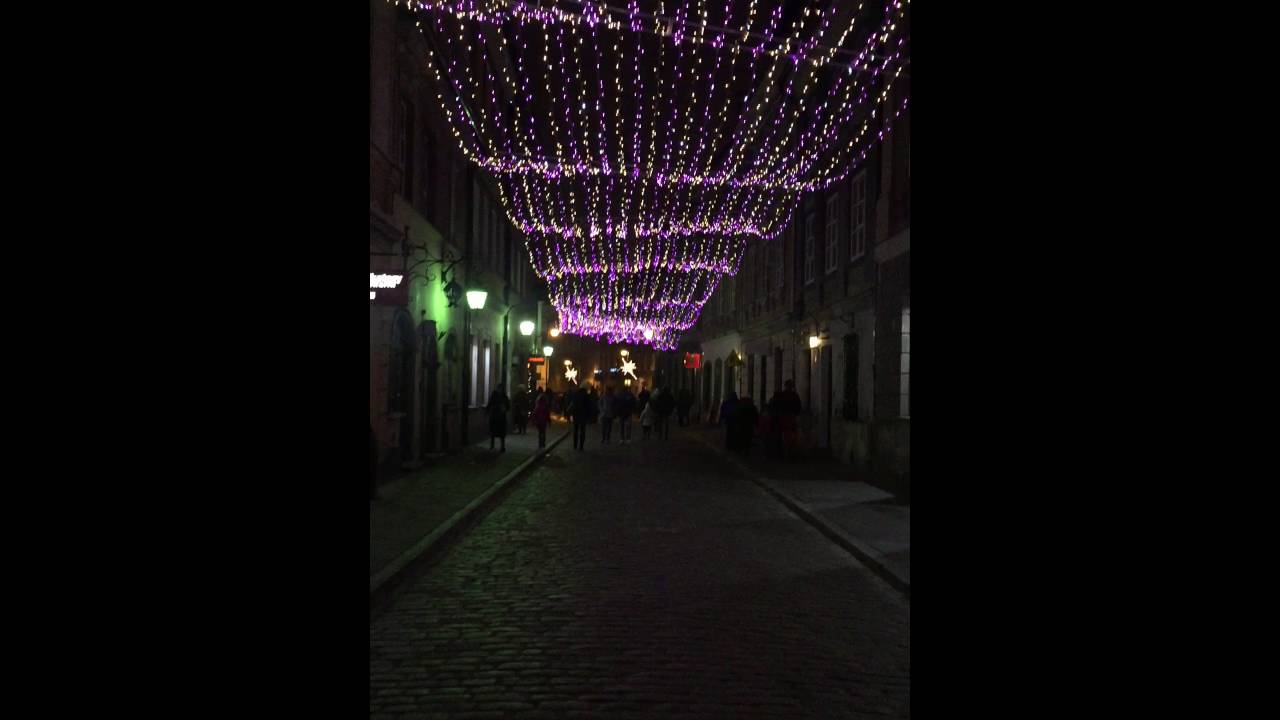What are the most popular and historically significant places to visit in India?
What are the natural wonders and breathtaking landscapes in India that attract tourists? What are some lesser-known but incredibly amazing places in India worth visiting? What are the UNESCO World Heritage Sites in India that are considered wonders? Top unique cultural and spiritual destinations in India. Amazing architectural marvels of India. India’s most beautiful national parks and wildlife sanctuaries. Most scenic travel destinations India. Hidden gems of India travel. Iconic landmarks of India. India is a land of unparalleled diversity, boasting an incredible array of historical, natural, cultural, and spiritual wonders. From ancient architectural marvels to breathtaking landscapes, there’s something to amaze every traveler.
Here’s a curated list of some of the most amazing places in India, categorized for your exploration:
I. Architectural & Historical Marvels (UNESCO World Heritage Sites)
India’s rich history is etched in its magnificent structures, many of which hold UNESCO World Heritage status.
- Taj Mahal, Agra, Uttar Pradesh: An iconic symbol of eternal love, this white marble mausoleum built by Emperor Shah Jahan for his wife Mumtaz Mahal is one of the New Seven Wonders of the World. Its exquisite symmetry, intricate carvings, and serene gardens are mesmerizing.
- Agra Fort, Agra, Uttar Pradesh: Often overshadowed by the Taj, this imposing red sandstone fortress served as the main residence of the Mughal emperors for generations. It’s a vast complex of palaces, mosques, and gardens, reflecting Mughal architectural brilliance.
- Qutub Minar and its Monuments, Delhi: This UNESCO World Heritage Site in Delhi features a towering brick minaret, surrounded by ancient ruins, tombs, and a mosque. It’s a magnificent example of Indo-Islamic architecture, showcasing the history of the Delhi Sultanate.
- Red Fort (Lal Qila), Delhi: Another UNESCO site in Delhi, this 17th-century fort made of red sandstone was built by Emperor Shah Jahan. It served as the main residence of the Mughal emperors for nearly 200 years and is a powerful symbol of India’s independence.
- Humayun’s Tomb, Delhi: This magnificent tomb, built in the mid-16th century, is believed to be the inspiration for the Taj Mahal. It showcases early Mughal architecture with its grand dome, intricate gardens, and use of red sandstone and white marble.
- Fatehpur Sikri, Uttar Pradesh: A deserted city near Agra, built by Emperor Akbar in the 16th century. This UNESCO World Heritage Site is an architectural marvel with grand palaces, courtyards, and a majestic mosque (Jama Masjid) that blend Islamic, Hindu, and Christian architectural styles.
- Ajanta and Ellora Caves, Maharashtra: These ancient rock-cut cave complexes are a testament to India’s artistic and religious heritage.
- Ajanta Caves: Feature stunning Buddhist rock-cut cave monuments dating back to the 2nd century BCE, renowned for their intricate sculptures and vibrant murals depicting the life of Buddha.
- Ellora Caves: A unique complex showcasing rock-cut Hindu, Buddhist, and Jain temples and monasteries, demonstrating religious harmony from the 6th to 10th centuries CE. The Kailasa Temple (Cave 16) is a monolithic masterpiece carved from a single rock.
- Hampi, Karnataka: The captivating ruins of the 14th-century Vijayanagara Empire, a UNESCO World Heritage Site. Hampi is a surreal landscape of giant boulders, ancient temples, palaces, and markets, reflecting a glorious past. The Virupaksha Temple and Vittala Temple (with its musical pillars and stone chariot) are highlights.
- Khajuraho Group of Monuments, Madhya Pradesh: Famous for their exquisite collection of Hindu and Jain temples, built between 950 and 1050 CE. These UNESCO-listed temples are renowned for their intricate and often erotic carvings depicting various aspects of life and spirituality.
- Konark Sun Temple, Odisha: A 13th-century architectural masterpiece dedicated to the Sun God Surya, designed as a giant chariot with intricately carved wheels and horses. This UNESCO site is known for its Kalinga architectural style and symbolic representation.
- Mysore Palace, Karnataka: One of the most stunning palaces in India, a grand example of Indo-Saracenic architecture. It was once the home of the Wodeyar dynasty and is particularly breathtaking when illuminated by thousands of bulbs on special occasions.
- Rani Ki Vav (The Queen’s Stepwell), Patan, Gujarat: An 11th-century stepwell and a UNESCO World Heritage Site, renowned for its intricate carvings and architectural brilliance. It’s a subterranean marvel that served as a water source and a spiritual retreat.
- Hill Forts of Rajasthan (Jaipur, Jodhpur, Udaipur, Jaisalmer): Including Amer Fort (Jaipur), Mehrangarh Fort (Jodhpur), and others, these majestic forts perched on hills showcase Rajput military architecture, opulent palaces, and stunning views. Jaipur, “The Pink City,” is itself a UNESCO World Heritage City.
II. Natural Wonders & Breathtaking Landscapes
India’s geography is incredibly diverse, offering everything from towering mountains to vast deserts and lush forests.
- Himalayan Range (Ladakh, Himachal Pradesh, Uttarakhand, Sikkim):
- Leh-Ladakh, Jammu & Kashmir: A high-altitude desert region offering breathtaking barren landscapes, majestic snow-capped peaks, serene monasteries, and unique cultural experiences (e.g., Magnetic Hill, Pangong Lake, Nubra Valley).
- Valley of Flowers National Park, Uttarakhand: A UNESCO World Heritage Site, this alpine meadow bursts into a kaleidoscope of endemic flowers during monsoon season, nestled amidst the Himalayas.
- Great Himalayan National Park, Himachal Pradesh: Another UNESCO site, renowned for its pristine alpine landscapes and rich biodiversity, including the elusive snow leopard.
- Kerala Backwaters, Kerala: A tranquil network of lagoons, lakes, and canals along the Arabian Sea coast. Traditional houseboats (kettuvallams) offer a serene escape amidst palm-fringed shores and lush greenery.
- Rann of Kutch, Gujarat: The world’s largest salt desert, transforming into a mesmerizing white expanse during the dry season (October to March). It’s famous for its unique landscape, traditional crafts, and the vibrant Rann Utsav festival.
- Living Root Bridges of Meghalaya: Deep in the dense tropical forests of Meghalaya, locals have guided the roots of Ficus elastica trees to form incredible living bridges over rivers. The Double-Decker Root Bridge near Cherrapunjee is particularly famous.
- Sundarbans National Park, West Bengal: A UNESCO World Heritage Site and the largest mangrove forest in the world, spanning India and Bangladesh. It’s a critical habitat for the Royal Bengal Tiger and a unique ecosystem.
- Dudhsagar Falls, Goa/Karnataka: One of India’s tallest waterfalls, cascading from a height of 310 meters (1017 ft) in a four-tiered formation, resembling a “sea of milk.” It’s particularly stunning during the monsoon.
- Loktak Lake, Manipur: The largest freshwater lake in Northeast India, distinguished by its unique floating islands (phumdis). It’s home to Keibul Lamjao National Park, the world’s only floating national park, and the endangered Sangai deer.
- Andaman and Nicobar Islands: A tropical paradise with pristine beaches (like Radhanagar Beach), vibrant coral reefs, and rich marine life, perfect for snorkeling, diving, and relaxation.
- Munnar, Kerala: Nestled in the Western Ghats, famous for its sprawling tea gardens that create rolling hills covered in verdant plantations.
III. Cultural & Spiritual Sanctuaries
India’s spiritual fabric is woven into its ancient temples, sacred rivers, and vibrant pilgrimage sites.
- Varanasi, Uttar Pradesh: One of the oldest continuously inhabited cities in the world and the most sacred to Hindus. Witness ancient rituals, Ganga Aarti ceremonies on the ghats (steps leading to the Ganges River), and immerse yourself in a profound spiritual experience.
- Golden Temple (Harmandir Sahib), Amritsar, Punjab: The holiest shrine of Sikhism, this magnificent gurdwara (Sikh temple) with its gilded dome is a beacon of peace and spiritual devotion. The community kitchen (langar) serves thousands daily, exemplifying selfless service.
- Rishikesh & Haridwar, Uttarakhand: Gateway to the Himalayas and spiritual centers on the banks of the Ganges. Rishikesh is known as the “Yoga Capital of the World,” offering ashrams, yoga schools, and adventure sports. Haridwar is famous for its evening Ganga Aarti at Har Ki Pauri.
- Bodhgaya, Bihar: A UNESCO World Heritage Site and a revered pilgrimage site for Buddhists worldwide. It’s where Siddhartha Gautama attained enlightenment under the Bodhi Tree and became the Buddha. The Mahabodhi Temple Complex is a spiritual epicenter.
- Madurai, Tamil Nadu: Home to the magnificent Meenakshi Amman Temple, a stunning example of Dravidian architecture with towering gopurams (gateway towers) adorned with thousands of colorful sculptures. It’s a vibrant hub of South Indian culture and spirituality.
- Puri, Odisha: Famous for the Jagannath Temple, one of the Char Dham (four cardinal pilgrimage sites) for Hindus. It’s renowned for its annual Rath Yatra (Chariot Festival).
- Tirupati, Andhra Pradesh: Home to the ancient and opulent Sri Venkateswara Temple (Tirumala Temple), one of the most visited pilgrimage sites in the world, dedicated to Lord Venkateswara.
IV. Lesser-Known Gems & Unique Experiences
Beyond the well-trodden paths, India offers incredible hidden wonders.
- Spiti Valley, Himachal Pradesh: A “cold desert” mountain valley offering rugged, barren landscapes, ancient monasteries clinging to cliffs (like Key Monastery and Tabo Monastery), and a unique Tibetan Buddhist culture. It’s an adventurer’s paradise.
- Majuli Island, Assam: Once the world’s largest river island, situated in the Brahmaputra River. It’s a hub of Neo-Vaishnavite culture, known for its unique monastic satras (monasteries) and traditional arts and crafts.
- Ziro Valley, Arunachal Pradesh: A picturesque valley known for its lush rice fields, pine-clad hills, and the fascinating culture of the Apatani tribe. It hosts the annual Ziro Music Festival, attracting music lovers to this serene setting.
- Mandu, Madhya Pradesh: A historic fort city with impressive architectural jewels from the Malwa Sultanate, including the romantic Jahaz Mahal (Ship Palace) and Baz Bahadur’s Palace. It’s a place steeped in tales of love and grandeur.
- Dawki River, Meghalaya: The Umngot River in Dawki is famous for its unbelievably clear emerald waters, so transparent that boats appear to float on air. It’s located near the Bangladesh border and offers a stunning visual experience.
- Gavi, Kerala: A pristine forest and wilderness area in the Periyar Tiger Reserve, known for its eco-tourism initiatives, sprawling grasslands, cascading waterfalls, and opportunities for jungle camping and wildlife treks.
- Chitrakote Falls, Chhattisgarh: Often dubbed the “Niagara Falls of India,” this horseshoe-shaped waterfall on the Indravati River is the country’s widest, particularly magnificent during the monsoon season.
- Mawlynnong, Meghalaya: Touted as “Asia’s Cleanest Village,” this charming village in the Khasi Hills showcases remarkable community efforts towards cleanliness and environmental harmony. It’s also near some living root bridges.
India’s “wonders” are not just grand monuments, but also the vibrant tapestry of its cultures, the resilience of its people, and the sheer scale and beauty of its natural landscapes. Each visit promises an unforgettable journey of discovery.









